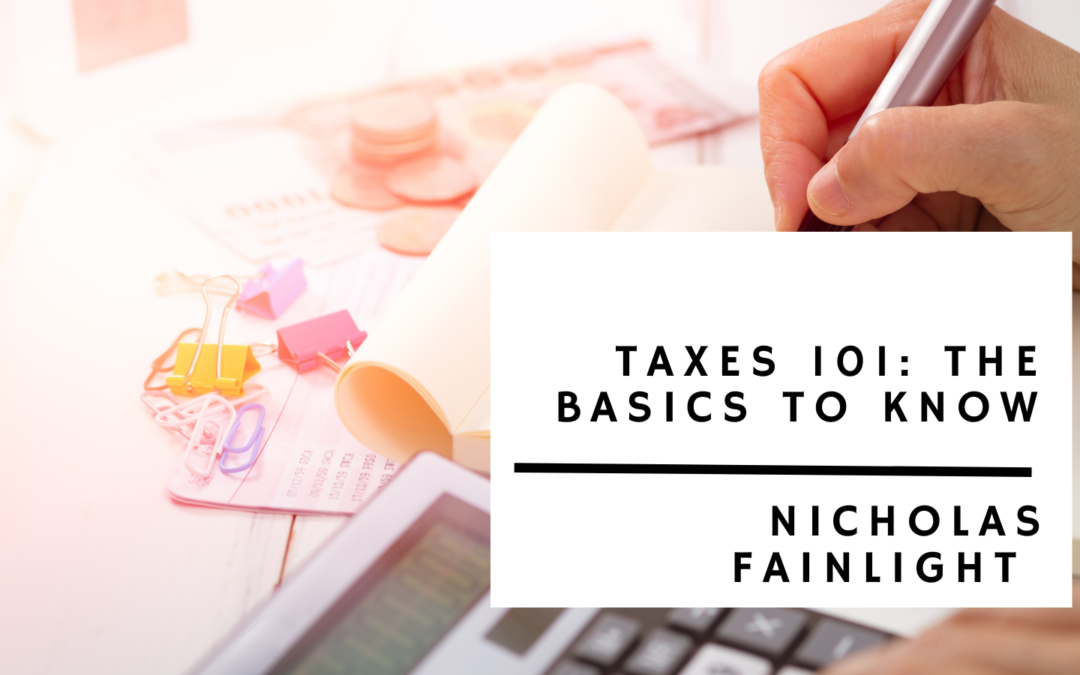Most individuals are ignorant when it comes to tax deductions. The majority don’t even understand the most primary aspects of how the tax system operates. Being able to differentiate the features of the standard deduction from the ones for gross income is a perfect starting point. Here is a guide for those who wish to learn the primary aspects of the tax-filing system.
Differentiating between Taxable and Nontaxable Revenue
With taxable income, the government concentrates on numerous areas when calculating tax. Taxable income includes total earnings, excluding retirement benefits. Other examples include interest earned via a bank account, investment bonuses, profit earned through gambling, and money withdrawn from a retirement account. On the other hand, nontaxable income includes cash received as a gift, disability income, and money received as child support, among several others.
What to Understand about Adjustments
Enjoying a reduced taxable income is a dream for every taxpayer. Understanding adjustments is critical, as it provides an option to reduce the taxable pay allowing one to pay a minimal amount in tax. Tax-sheltered accounts create a decent adjustment room for those who contribute money regularly.
Taxpayers have the option to make adjustments equivalent to the cost they incur when relocating to a different location, especially after acquiring a new job. Anyone servicing an educational loan that has not exceeded 60 months has an opportunity to adjust their tax too. The tax authority allows adjustments for people with bad debts but with stringent investigations.
Understanding Deduction Categories
There are two categories of deductions that one chooses. They include itemized and standard. Both options feature various advantages, especially when the taxpayer picks the most appropriate according to their tax ranges. When itemizing deductions, one needs to produce convincing evidence for the process to sail through. There are no regulations when choosing between the two categories, as they both aim to reduce the taxable income to the minimum.
The standard deduction is ideal for taxpayers without businesses or expensive property. Businesspeople and hefty investors will be better with the itemized deduction option as long as they have proper documentation for their wealth. The laws that govern tax filing are strict and require one to understand them before choosing the best option.
Taxpayers have several expenses options when itemizing for the deduction. They include car expenses relating to their work, education loans or school fees, and investment costs, to mention a few. The law provides an option for widows and widowers to pursue deductions.
